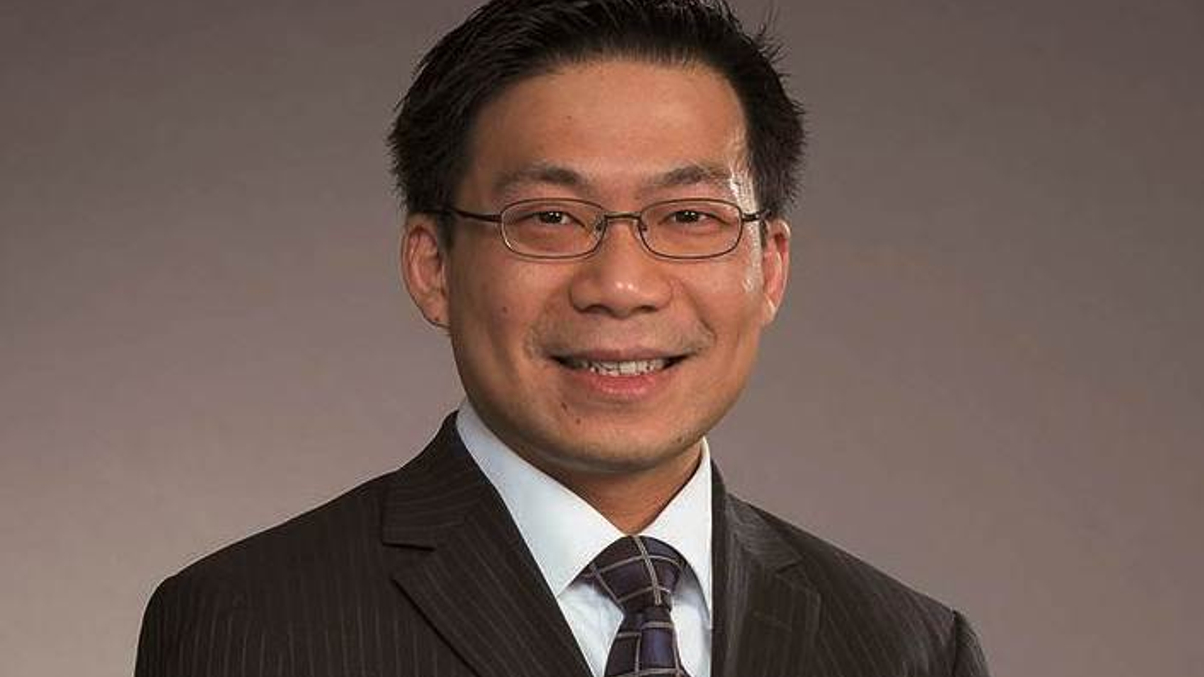State investors favour Asia over other regions
Most official institutions are also planning to raise their alternative allocations, put more resources into risk analytics and financial technology, and increase their level of disclosure.

Despite the weakened outlook for growth in China, state investors globally plan to increase exposure to Asia more than to any other region in the coming three years (see figure below), according to research that will be released today.
Sign In to Your Account
Access Exclusive AsianInvestor Content!
Please sign in to your subscription to unlock full access to our premium AI resources.
Free Registration & 7-Day Trial
Register now to enjoy a 7-day free trial—no registration fees required. Click the link to get started.
Note: This free trial is a one-time offer.
¬ Haymarket Media Limited. All rights reserved.


